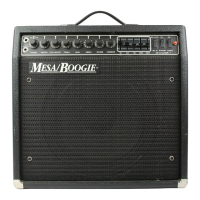
Do you have a question about the Mesa/Boogie .50 CALIBER SERIES and is the answer not in the manual?
| Type | Guitar Amplifier |
|---|---|
| Power Output | 50 Watts |
| Channels | 2 |
| Reverb | Yes |
| Effects Loop | Yes |
| Speaker Output | 4 Ohm, 8 Ohm |
| Tubes | 5 x 12AX7 |
| Controls | Gain, Treble, Mid, Bass, Presence |
| Footswitch | Channel Switching |
| EQ | 3-Band EQ (Bass, Mid, Treble) per channel, Presence Control |
| Weight | Approximately 40 lbs (depending on cabinet) |
The primary 1/4 inch guitar input jack utilizing patented 'Dual Mode' circuitry for clean rhythm and high gain lead.
Connects to the Lead/Rhythm footswitch; indicates mode with an LED. Manual override is described.
Sets overall amplifier sensitivity. Mix with Master for desired clean or breakup levels in Rhythm/Lead modes.
Regulates power amplifier level and overall loudness. Crucial for balancing with Volume for desired output.
Rotary tone controls that interact to shape the overall sound, affecting clarity, warmth, and punch.
Adjusts the level of the 3-spring miniature Hammond-Accutronics reverb unit for tonal enhancement.
Sets extreme high frequencies and basic brightness, influencing clarity and warmth of the overall tone.
Fuse protects the amplifier; ground switch helps reduce AC wiring buzzes and hum.
Variable signal output from the speaker jack for external connections without tone loss.
Low-noise patch loop for external accessories and preamp out signal.
4-ohm and 8-ohm jacks for connecting external speakers or cabinets for optimal power and clarity.
Optional feature for expanded tonal flexibility, with a classic 'V' setting suggested for use.
Important warnings regarding volume, master, and preamp tube limits to prevent noise and feedback.
Guidance on identifying and replacing preamp (12AX7) and power (EL84) tubes for optimal performance.
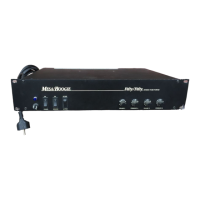
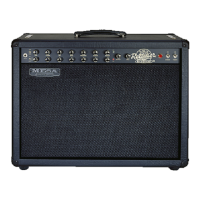
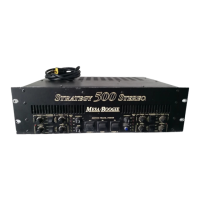
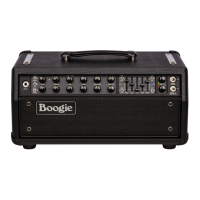

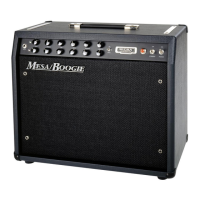
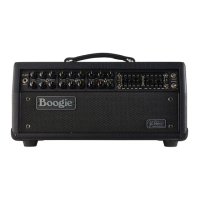
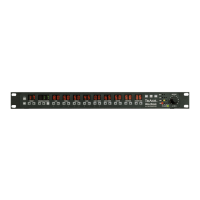
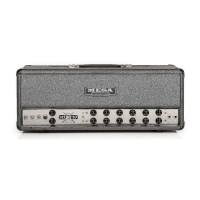
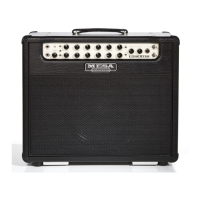
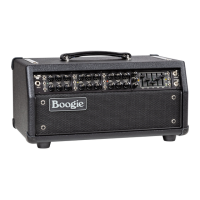
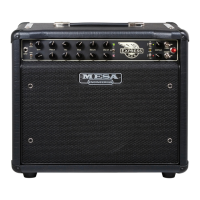
